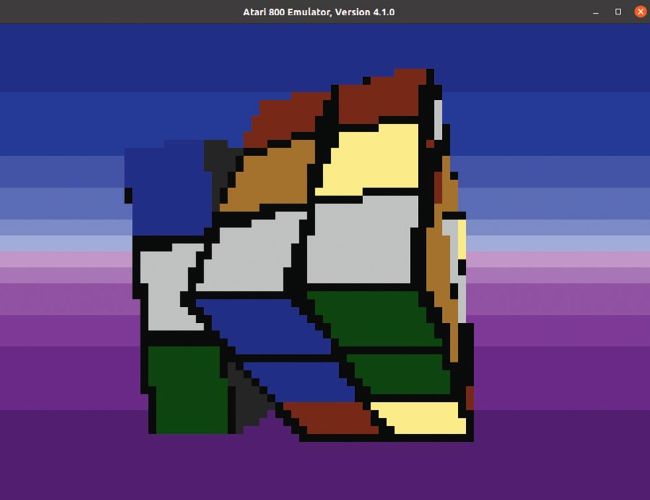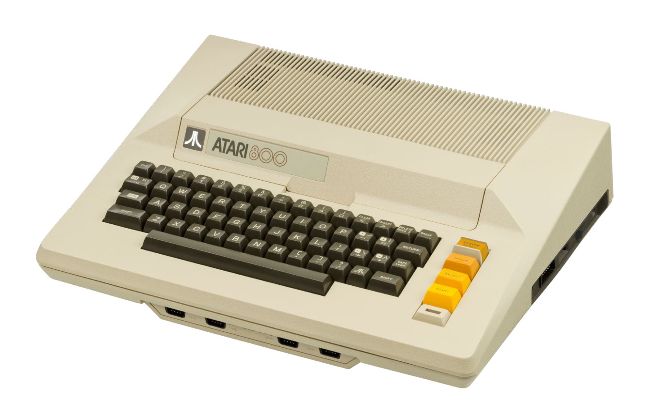EMUL ATION
Going back to 8-bit with the Atari 800
Les Pounder goes back to a time before E.T. cartridges were buried in the desert and 48KB was considered lots of RAM.

Les Pounder is Associate Editor at Tom’s Hardware and a freelance maker for hire. He blogs about his adventures and projects at
bigl.es.
OUR EXPERT
Credit: https://atari800.github.io
The first exposure to an 8-bit Atari I had was the 65XE, owned by my mate Scott. Sitting down to play
Millipede, we had a thoroughly good time. Atari’s 8-bit range of home computers dominated the US market but in the UK the home computer wars were fought between Sinclair, Amstrad and Commodore.
Released in late 1979, the Atari 800 and other Atari 8-bit machines of the era were originally developed as a second generation of Atari’s popular VCS consoles. But Atari president Ray Kassar wanted to challenge Apple, who had the most popular home computers at the time.
The Atari 800 was marketed as a “timeless computer”, driven by how well it could be expanded. The Atari 800’s MOS 6502 CPU ran at 1.79 MHz (NTSC) and 1.77 MHz (PAL) and had 16KB, later upgraded to 48KB of RAM. Later the 800XL came with 64KB of RAM. Of the 8-bit Ataris of this era, the 800 and 800XL were the premium models, featuring chunky, clunky keys that could withstand the hammering of an eightyear-old gamer. The beige plastic aesthetic screamed typewriter meets Blade Runner, which was a good thing. The 800 had two cartridge slots, one of which is often used for the bundled Atari BASIC cartridge (the 800XL had this built in).

The Numen demo is an excellent showcase for clever programming on low-spec hardware.

The Atari 800 looks like something from the set of Blade Runner, and it is a joy to behold. A chunky, industrial aesthetic that pleases.
In order to emulate the 800 we chose atari800, available via the Ubuntu repositories. Installation is a breeze. Open a terminal and first update the repositories, before installing the emulator.
To start the emulator, in a terminal type the following.
You will notice that the emulator starts in a self-test mode; this caught us out, but it is a useful tool nonetheless. Pressing F3 (the Select key on an Atari 800XL) switches between the tests. We chose the audio test, then pressed F4 (Start key) to run the test. We were presented with a simple audio test which played a tune similar to that played by Captain Picard in the Star Trek The Next Generation episode ‘The Inner Light’. To stop the test and boot the Atari 800 normally, press F5.